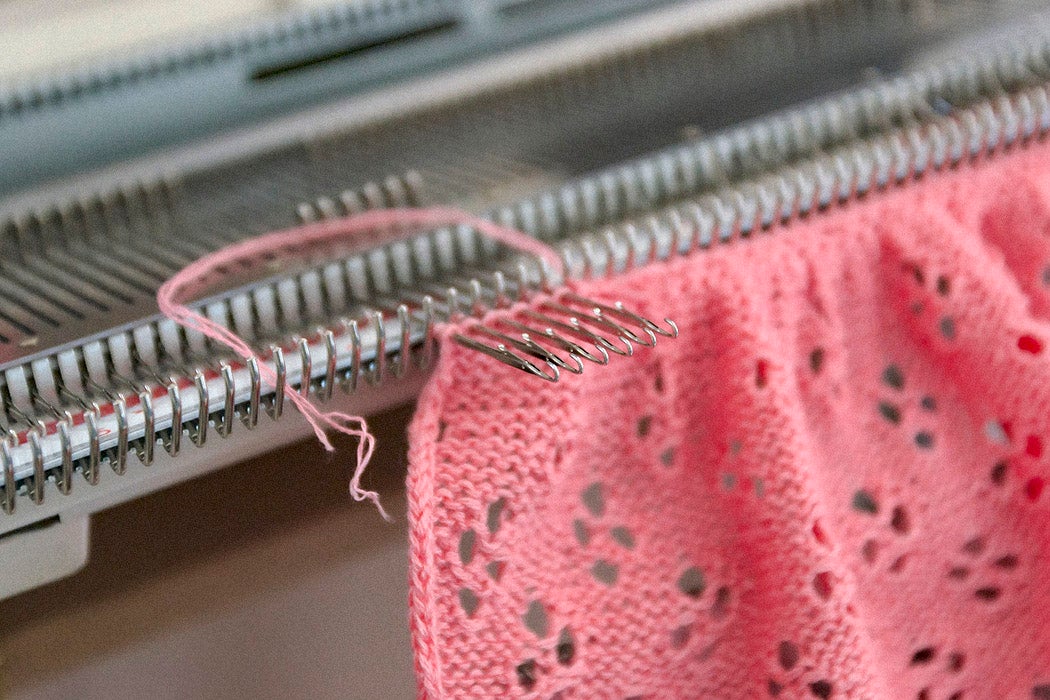Since the pandemic, more of us have worked from home, and our norms have changed as a result. But the issue of exploitation in homework, where employers outsource facilities costs and often pay by the item (piecework) rather than an hourly wage, has been a tension in labor laws for the last 150 years.
New Deal-era laws were focused on cracking down on homework, raising the specter of the tenement sweatshop. Senator Daniel Patrick Moynihan, in 1982 US House of Representatives hearings, drew on this stereotype, describing a woman who was “locked up in a house with a month’s supply of gloves…to sew at 20 cents an hour.”
He was responding to one group of women who pushed for their right to work from home, the Vermont knitters. These women were producing knitted ski caps and sweaters for retailers, even though this practice had been banned in the industry.
As historian Eileen Boris points out, labor laws and the 1938 Fair Labor Standards Act (FLSA) aimed to bring workers into factories where conditions and wage laws could be enforced. Against this backdrop, homework for the industrial production of knitted outerwear was prohibited. However, labor laws were often evaded, and the garment industry still had persistent pockets of homeworkers, often recent immigrants, just as it had a century earlier.
The Vermont knitters, by contrast, were white and US-born. They presented themselves as individual citizens who chose to do homework because it better suited their lifestyle. They could stay home with their children while also earning an income.
To the public, the image of the Vermont lady knitters was perhaps one of domestic simplicity: a woman sitting in a rocking chair by the fire, her knitting needles clicking as her children gathered at her knee. In fact, these women were working with knitting machines, supplied by their employer, and often programmed to produce particular designs.
Weekly Newsletter
The Vermont case allowed campaigners from the conservative right (who supported the knitters from a free-enterprise position) to harness feminist arguments (a woman’s freedom to live her life the way she chose) to support their position. The position of labor rights advocates was that regulated factory work was preferable. But this did not comport with the realities of many women’s lives or the cost of childcare. One knitter spoke of factory employment:
I know what working seven to three is like; getting to work when the sun is just rising in the morning, getting home just as it is going down, not seeing the sunshine for five days a week. I know mothers and fathers who only see their babies when they are asleep in their cribs. Believe me, “minimum wage” doesn’t begin to cover it.
As Boris describes it: “From the perspective of the knitters, the regulatory state seemed to ignore women’s dual role as family nurturers and wage earners in its attempt to protect workers by disallowing homework.”
The dispute ended in late 1985, when the Department of Labor rescinded the regulation banning homework in knitted outerwear. But it seems quaint now, considering the large scale changes to the industry since. In the 1980s, more than 60 percent of clothing was still manufactured in the US: now 98 percent is manufactured abroad.







